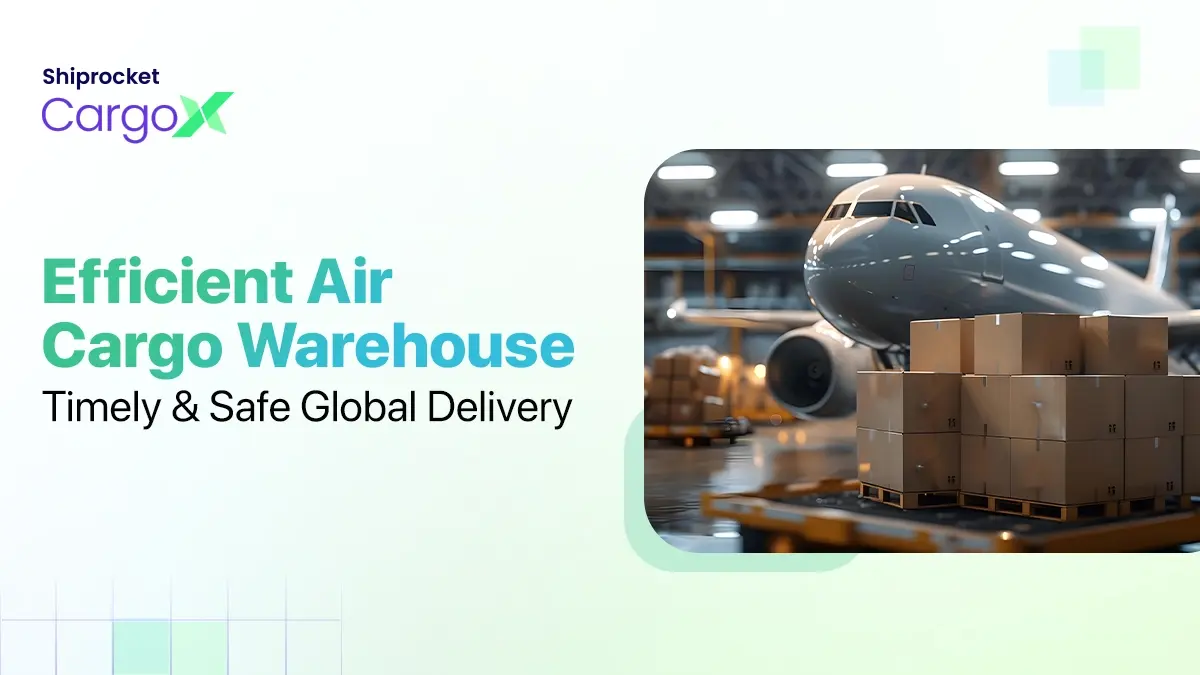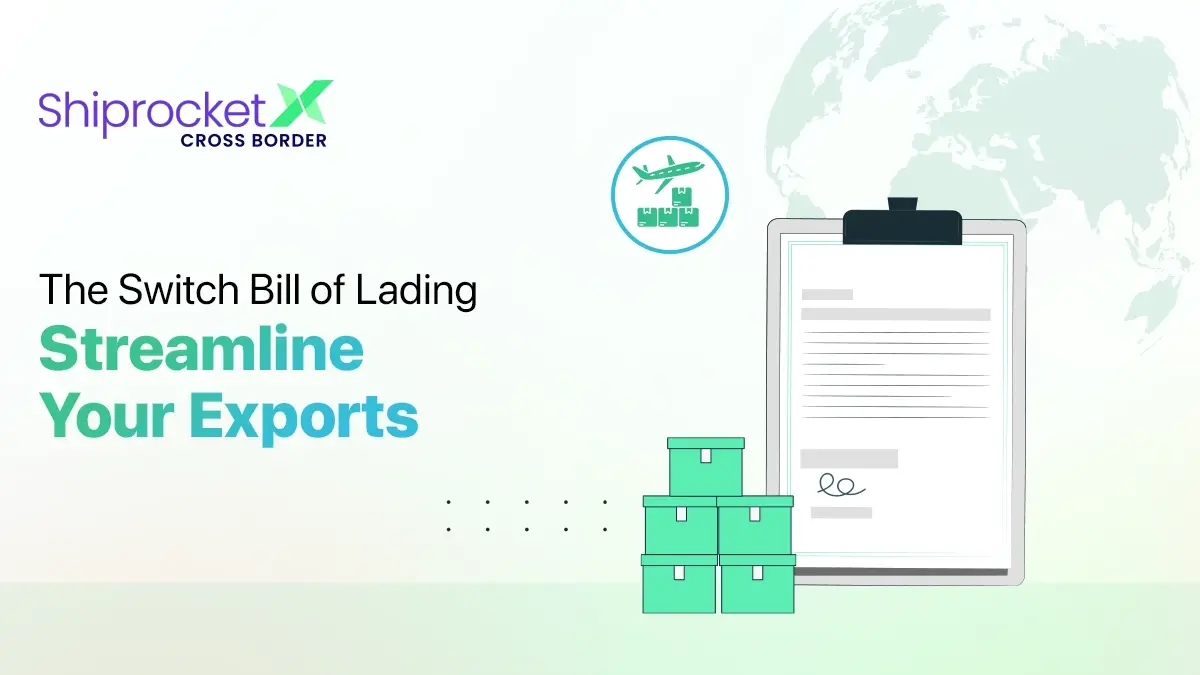Exploring The Different Types Of Packaging In Logistics
Packaging plays a pivotal role in the realm of logistics, serving as the first line of defence for products as they journey through the supply chain. It’s not merely about enclosing items; it’s a strategic choice that affects safety, efficiency, and sustainability. In this article, we delve into the various types of packaging in logistics, shedding light on their purposes, benefits, and suitability across different industries.
Understanding the Importance of Different Types of Packaging in Logistics
Before we dive into the specifics, let’s understand why packaging is crucial in the logistics landscape. Packaging serves multifaceted roles, including protecting items from damage, ensuring efficient handling and transportation, optimising storage space, and representing the brand’s identity.
Primary Packaging: Protecting and Presenting
Primary packaging is the immediate layer that directly holds the product. Consumers encounter packaging when they receive an item. Examples include the bottle containing shampoo or the box housing a smartphone. The primary packaging must not only safeguard the product but also communicate its features to potential buyers.
Secondary Packaging: Grouping and Convenience
Secondary packaging refers to the packaging that contains multiple primary packages. It’s the box that holds individual items, often making it easier to handle and transport groups of products. For instance, a carton which contains multiple cereal boxes is secondary packaging. This layer enhances convenience during distribution and provides additional protection to the primary packages.
Tertiary Packaging: Ensuring Safe Transit
We use tertiary packaging for shipping and transportation. It packs secondary packages into larger units, such as pallets or crates. Tertiary packaging ensures safe handling during transit, minimises damage, and simplifies the loading and unloading process. It’s a critical layer for bulk shipments that reduces the risk of damage during long journeys.
Types of Packaging In Logistics
The choice of packaging materials significantly influences the effectiveness of packaging in logistics. Here are some commonly used materials:
Corrugated Boxes: Versatile and Durable
Corrugated boxes are among the most versatile and widely used packaging materials. They are cost-effective, lightweight, and offer protection against impacts. Corrugated boxes provide an extra layer of cushioning, making them suitable for transporting fragile items.
Plastic Packaging: Diverse Applications
Plastic packaging includes various materials, such as polyethene, polypropylene, and PVC. Plastics are conducive for their durability, flexibility, and resistance to moisture. The industry uses plastics for primary and secondary packaging, including containers, bags and wraps.
Wood Packaging: Sturdy and Reliable
Wood packaging, such as pallets and crates, is often employed for tertiary packaging. It offers sturdiness and is ideal for heavy or irregularly shaped items. However, wood packaging may require additional treatment to prevent pest infestation during international shipments.
Metal Packaging: Protection Against Rigors
Metal packaging, particularly steel and aluminium, is popular for its strength and resistance to extreme conditions. We use metal drums and containers for transporting hazardous materials and bulky goods that require extra protection.
Flexible Packaging: Adaptability and Sustainability
Flexible packaging, including pouches and bags, has gained popularity due to its adaptability. It also boasts a reduced environmental impact compared to rigid packaging. It’s lightweight, easy to store, and takes up less space, making it efficient for storage and transportation.
Benefits of Proper Packaging in Logistics
The proper packaging in logistics offers several advantages:
- Damage Prevention: Properly packaged goods are less likely to be damaged during handling and transportation, reducing the risk of losses.
- Efficient Handling: Well-designed packaging streamlines the loading and unloading process, saving time and labour costs.
- Optimal Space Utilisation: Packaging that maximises space utilisation in storage and transport helps minimise wastage and reduce shipping costs.
- Branding and Marketing: Packaging serves as a marketing tool, helping create a positive brand image and communicating product attributes.
- Sustainability: Sustainable packaging choices contribute to environmental responsibility and appeal to eco-conscious consumers.
Conclusion
In the world of logistics, all these different types of packaging are more than just a means of protection; it’s a dynamic aspect that influences efficiency, safety, and customer perception. The various types of packaging materials and their applications showcase the diverse strategies businesses employ to safeguard their products throughout the supply chain.
From primary packaging that entices consumers to tertiary packaging that ensures safe transit, each layer plays a crucial role in the journey from manufacturer to end-user. By understanding and leveraging the types of packaging in logistics, businesses can optimise their operations, reduce costs, and enhance customer satisfaction in an increasingly competitive market.





